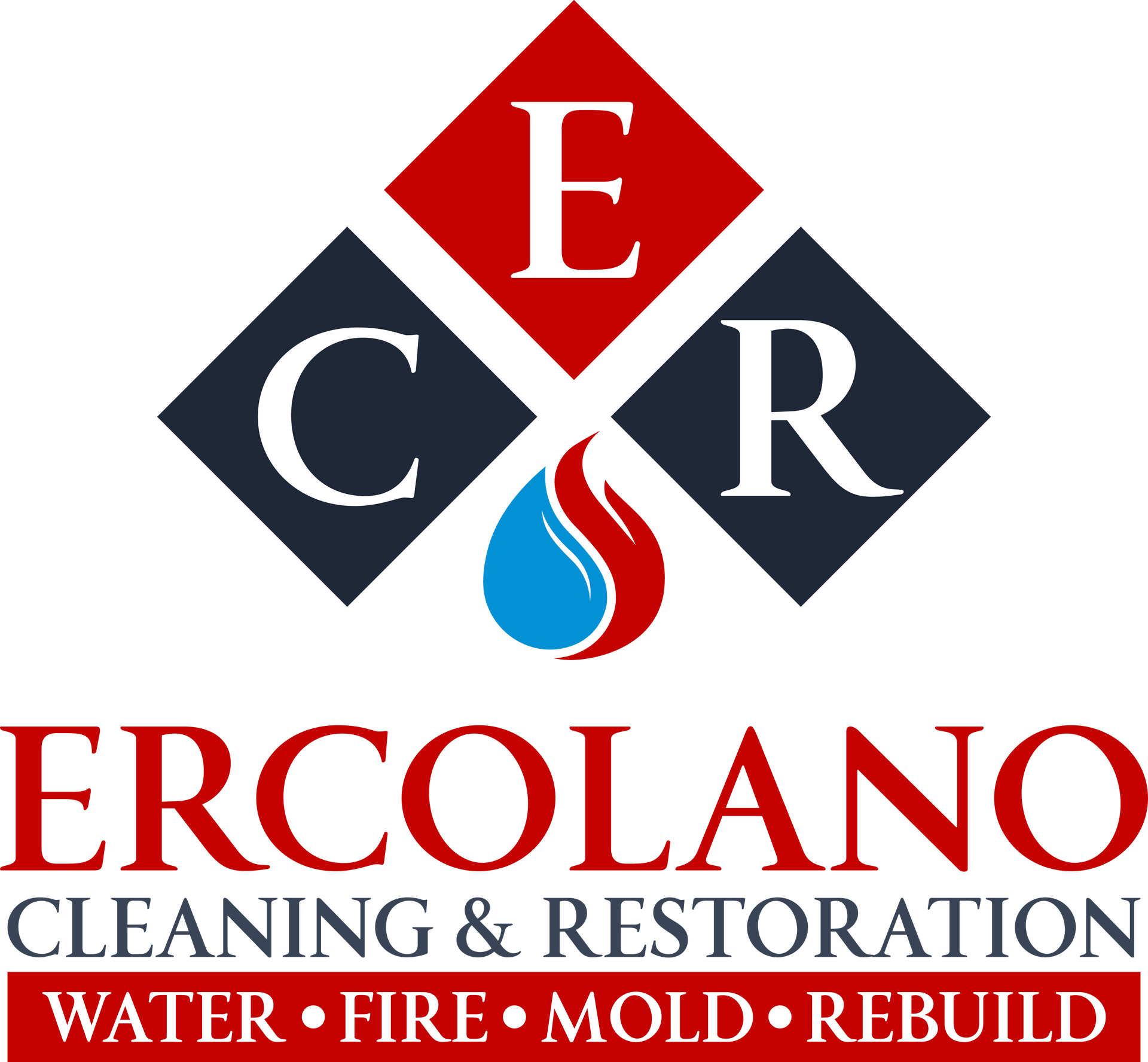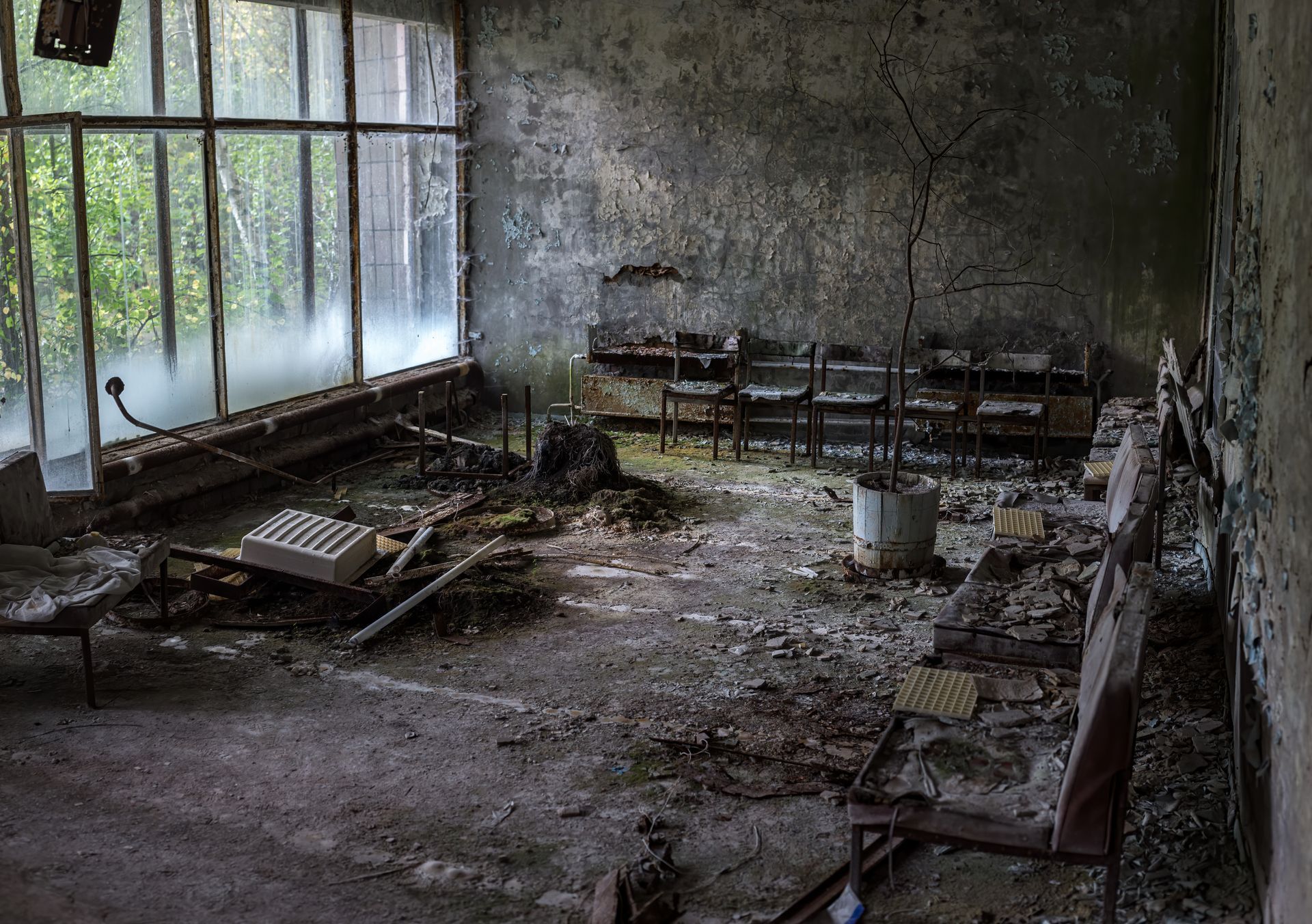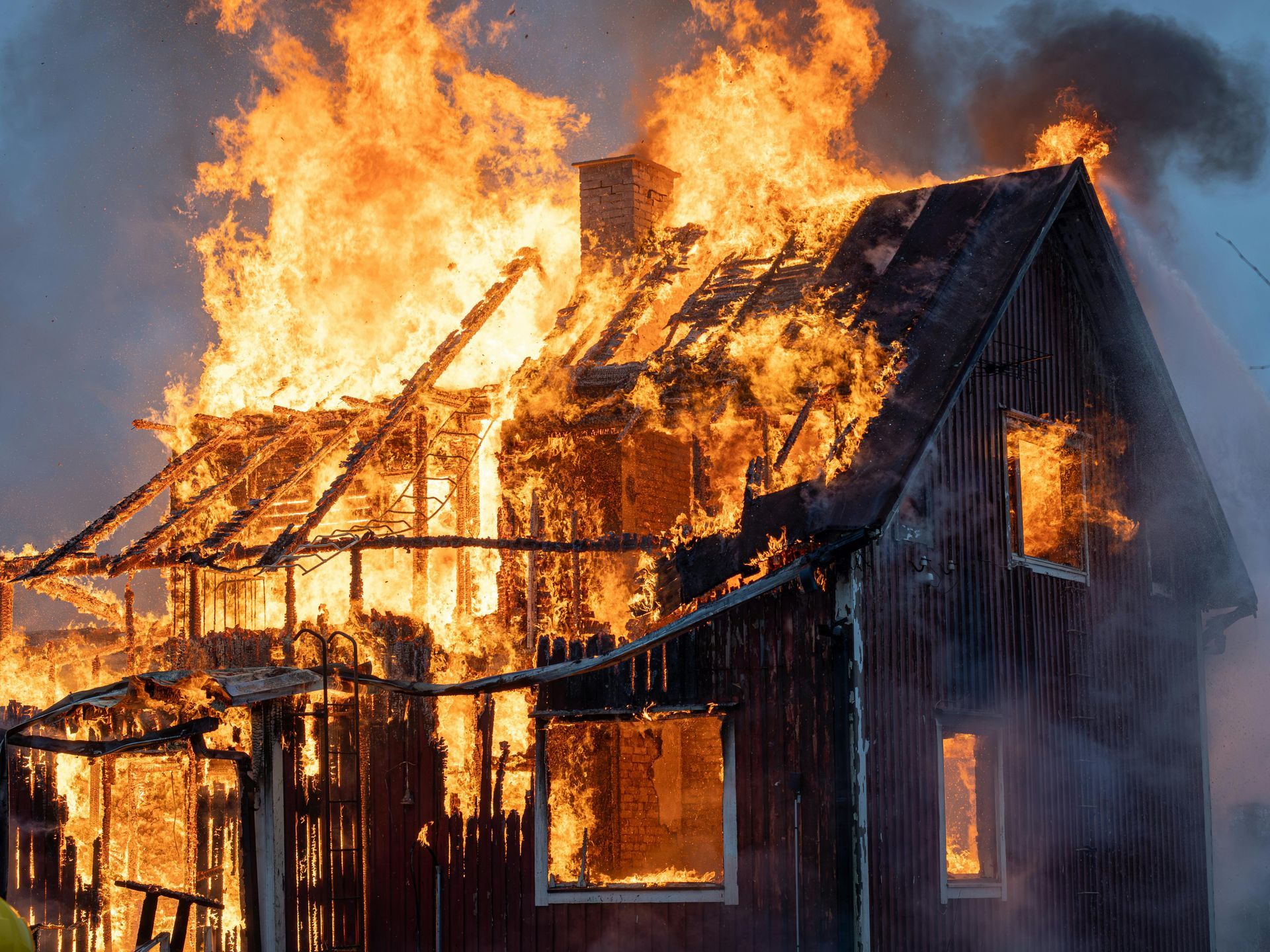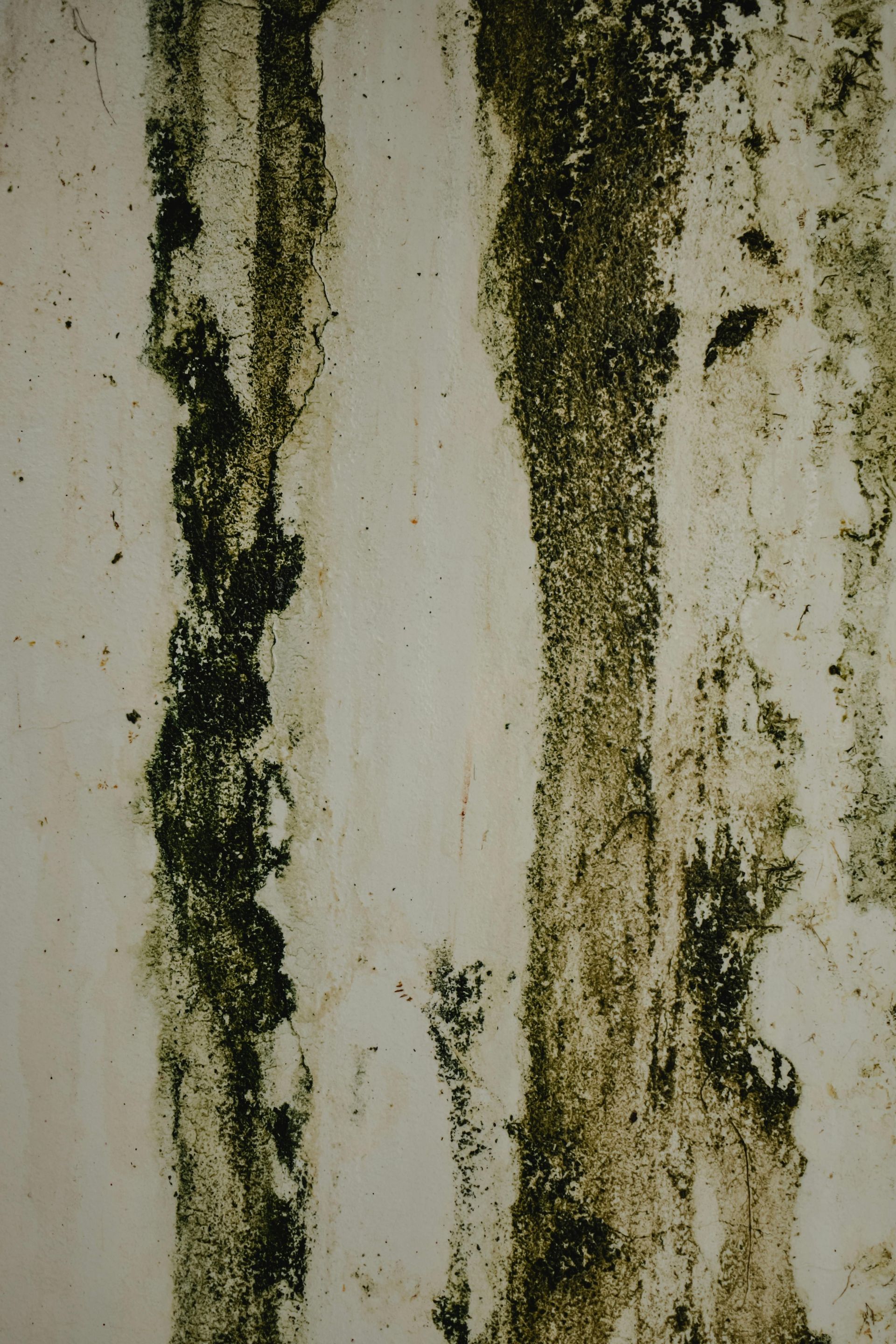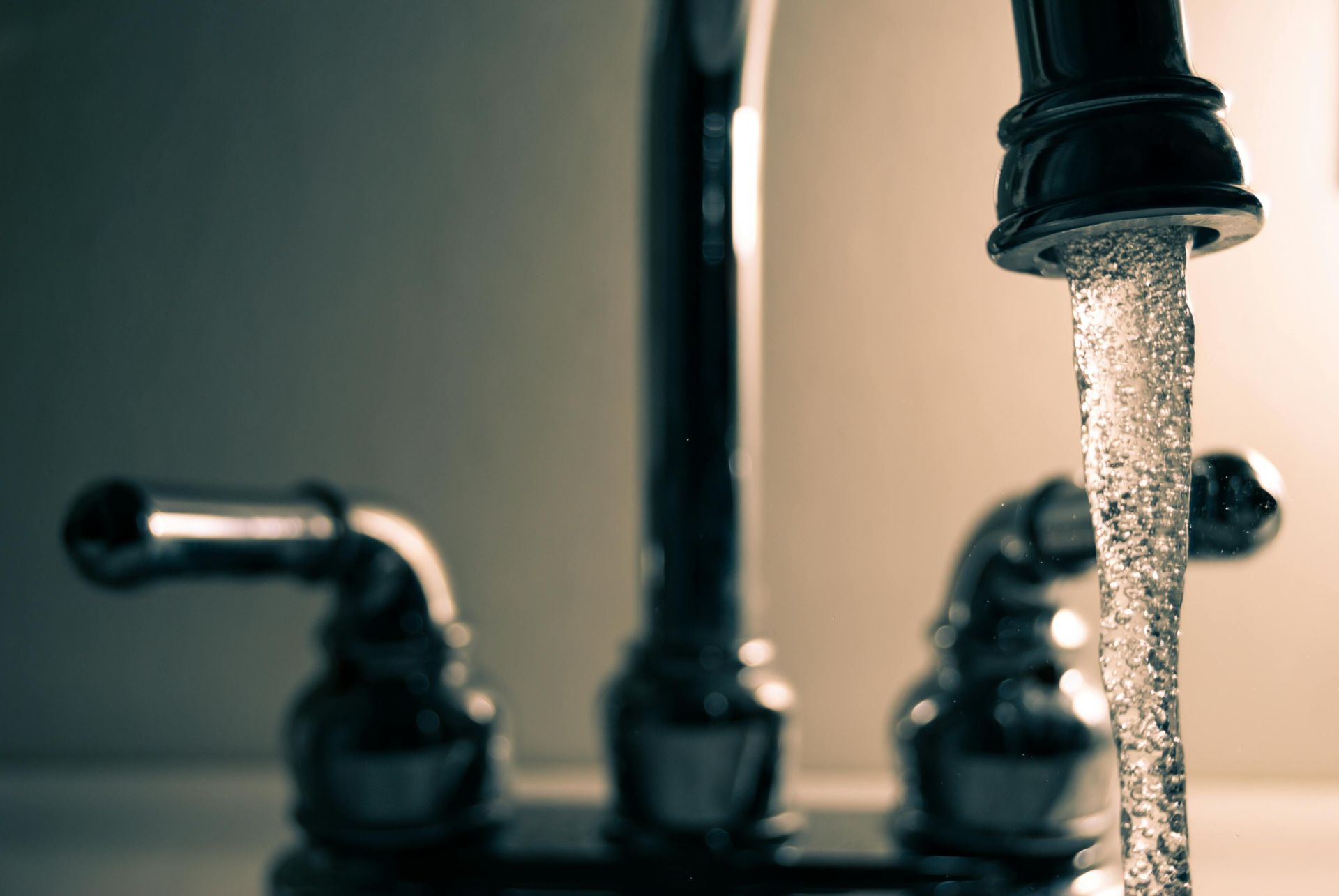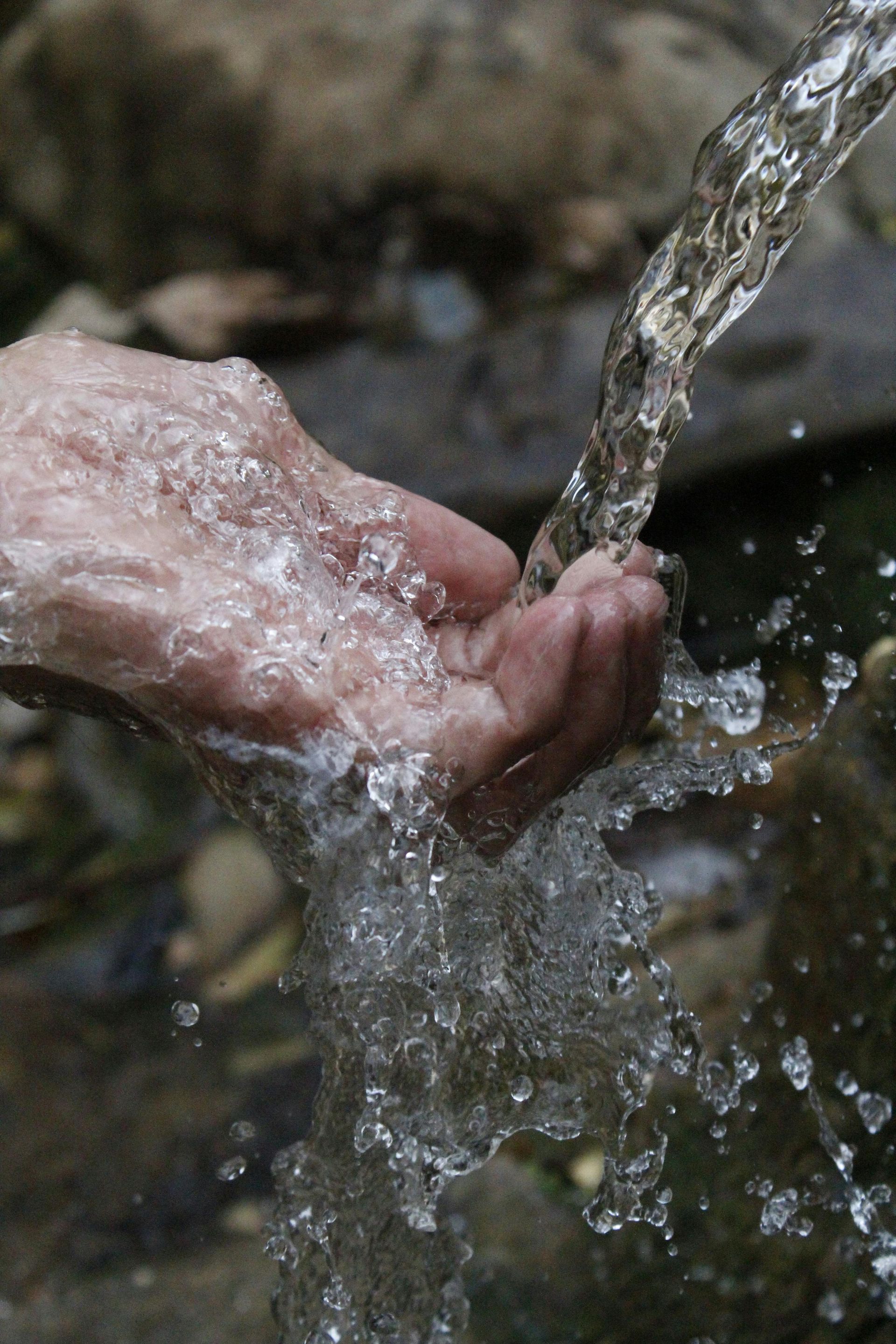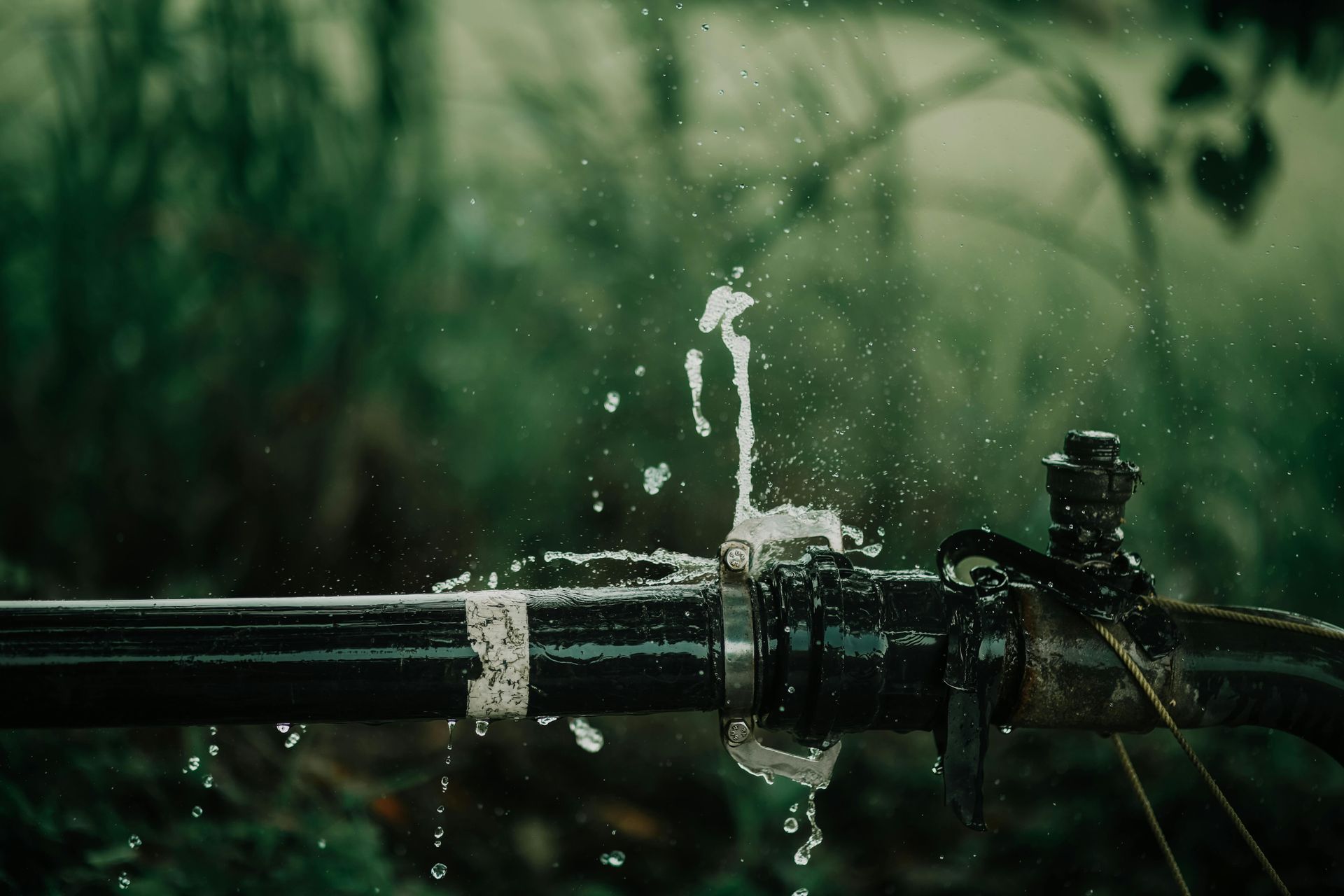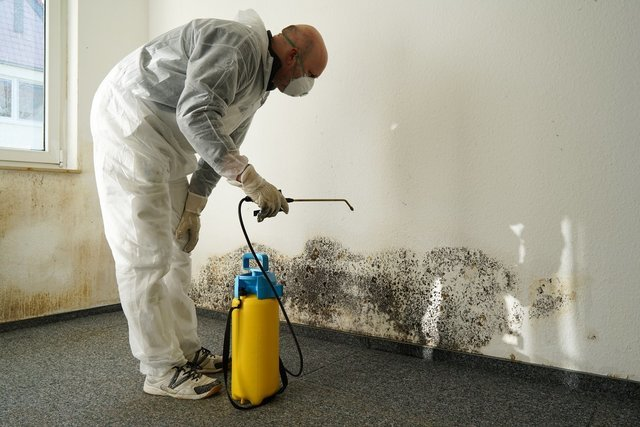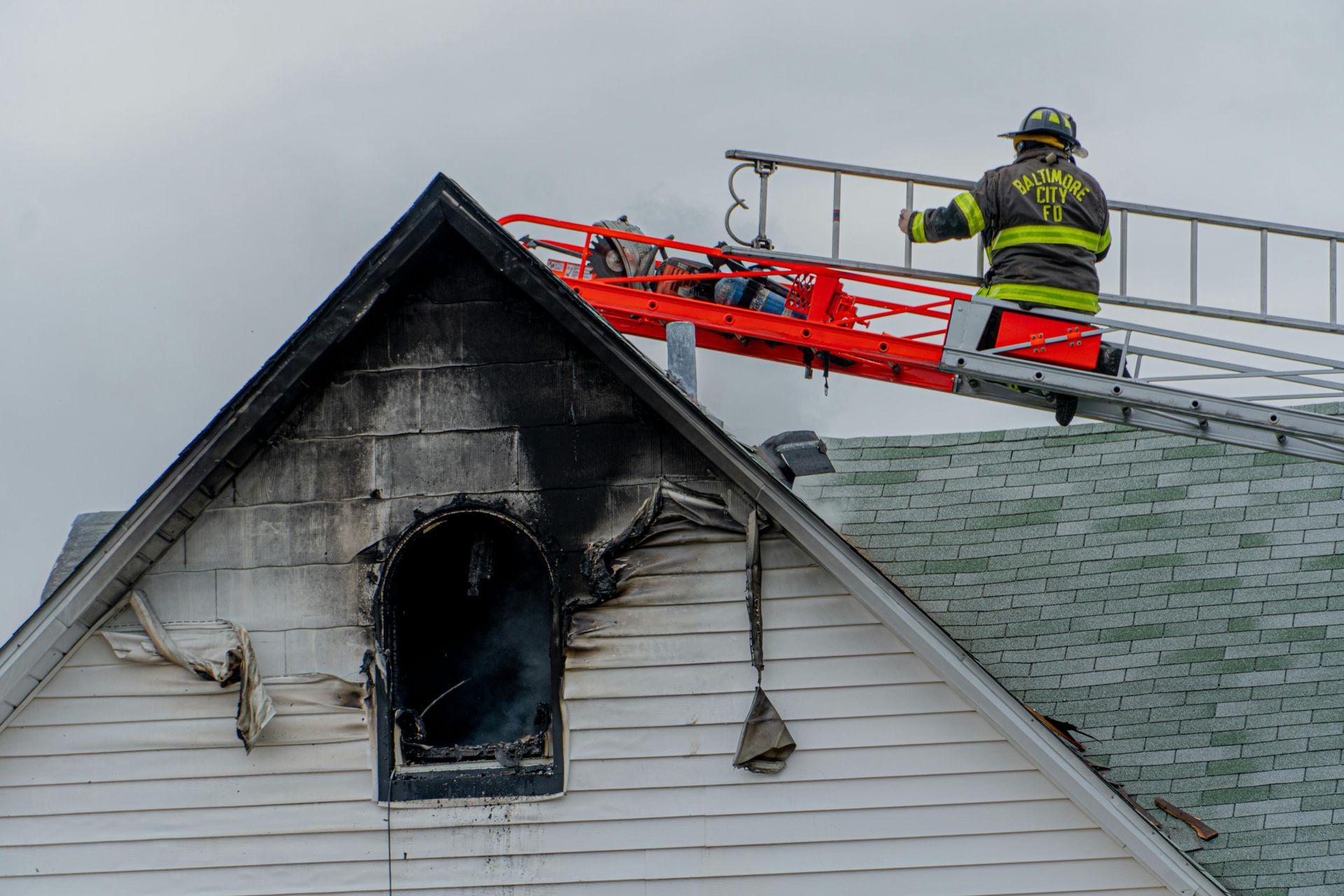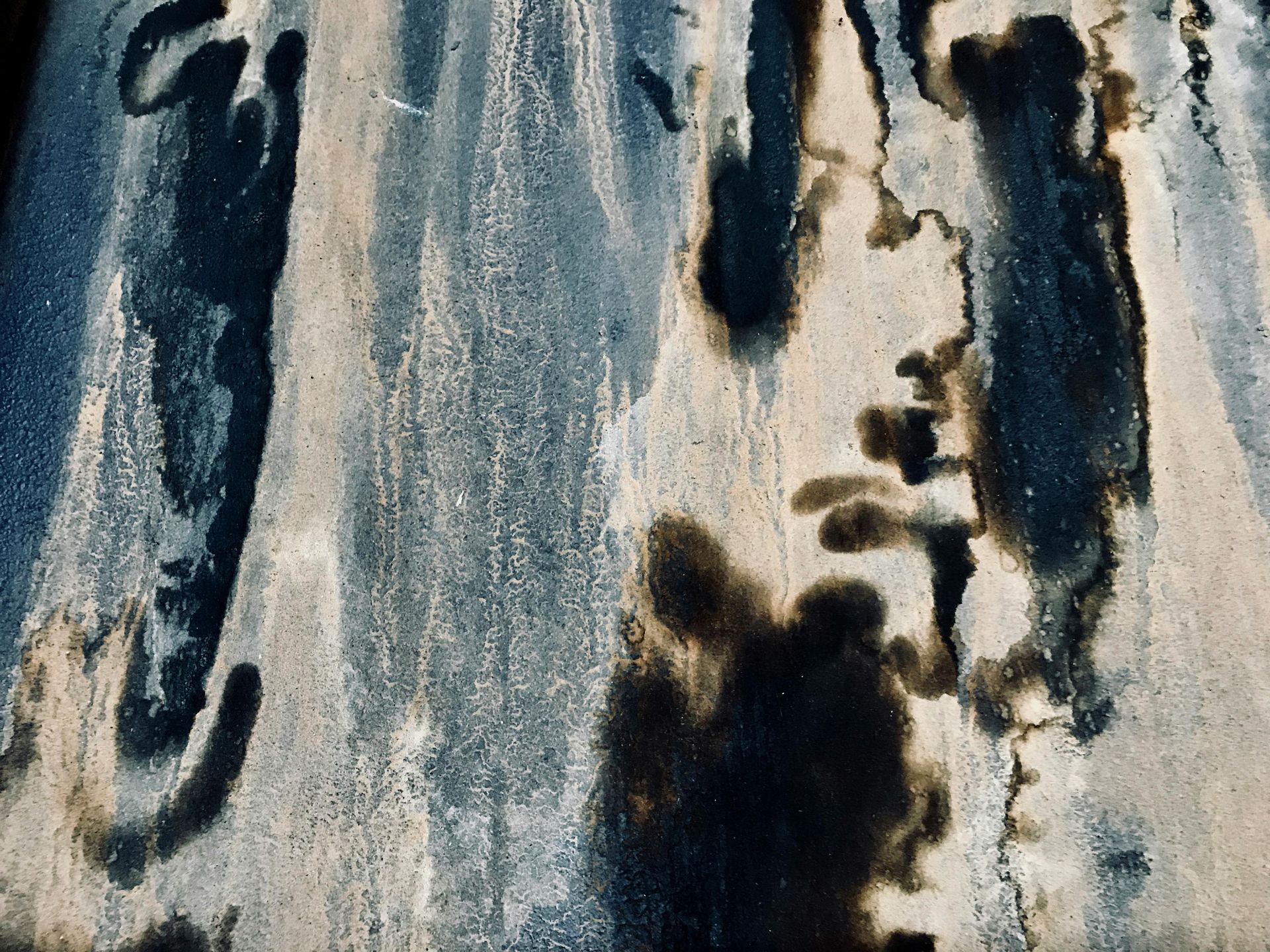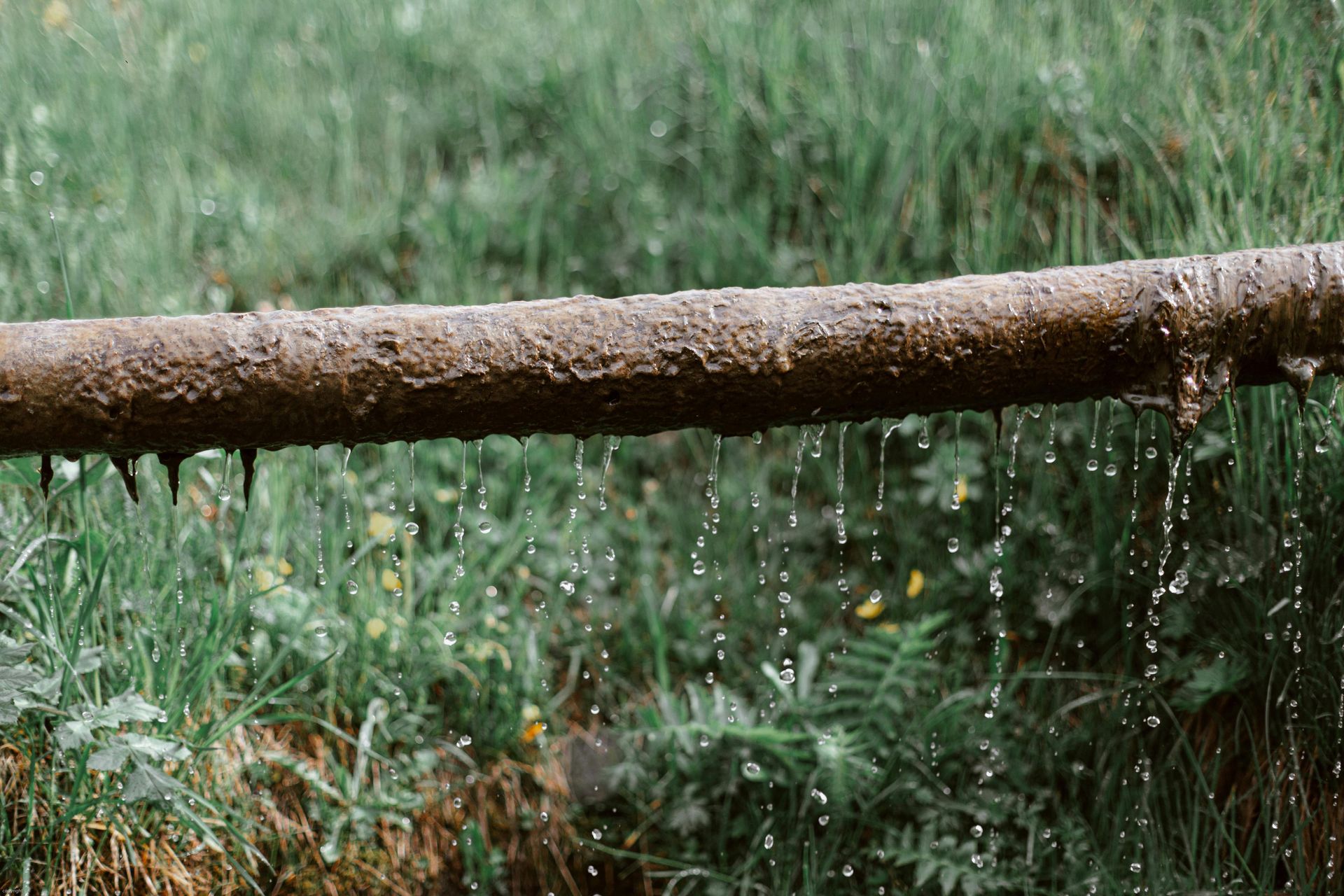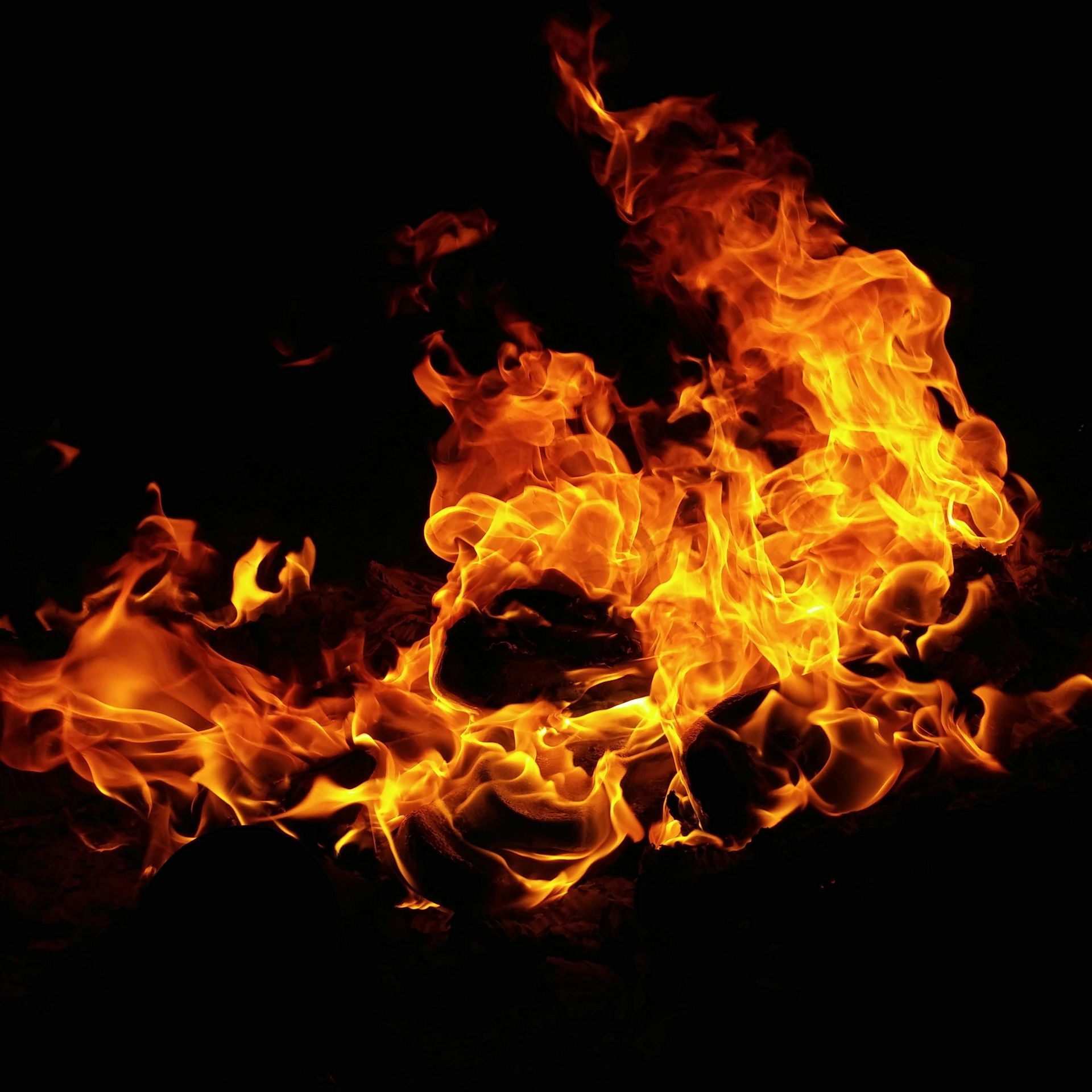Protecting Your Home from Fire Damage
Home Fire Damage Protection: Vital Measures for Safety
No one wants to think about the possibility of their home being destroyed by a fire. Unfortunately, house fires are a very real danger in the United States. According to the National Fire Protection Association (NFPA), an estimated 367,500 residential building fires were reported to U.S. fire departments in 2018, resulting in 2,675 civilian deaths, 12,875 civilian injuries, and $7.9 billion in direct property damage.
It is essential that homeowners take steps to protect their homes and families from the tragic consequences of a house fire. This article will discuss common causes of residential fires, practical fire safety measures to reduce the risk of fire, and steps to take in the event of a fire.
Understanding the Risk Factors
Home fires can be devastating, destroying property and endangering the lives of those inside. Knowing what common causes of home fires can help you take proactive steps for home fire damage protection. The most frequent sources of home fire hazards include cooking, heating equipment, electrical faults, candles, and smoking materials.
Attended cooking is the leading cause of home fires and home fire injuries. Unattended cooking is even more dangerous as it can quickly lead to an uncontrolled kitchen fire. Always keep a close eye on your food when you are cooking, and never leave the kitchen without turning off all appliances.
Understanding the Common Causes of Home Fires
It's important for homeowners to be aware of the risks associated with fire safety in order to keep their families safe. The most common causes of house fires are unattended cooking, defective wiring, and heating equipment, careless smoking, children playing with matches or lighters, and arson (deliberate setting of a fire).
According to the U.S. Fire Administration, in 2018, cooking was the leading cause of home fires and related deaths. Heating equipment was found to be the second most common cause of home fires. Electrical distribution or lighting equipment accounted for 13% of all residential building fires, while arson accounted for 8%.
Cooking-related Fires
Cooking is one of the leading causes of home fires. Unattended cooking mishandled hot oil, or malfunctioning cooking appliances can all lead to a blaze. To prevent this type of fire, always stay in the kitchen while you're frying, grilling, boiling, or broiling food. And never leave children unattended near a cooking appliance.
Take extra precautions if you're frying food. Hot oil can easily ignite, and it takes just seconds for a fire to get out of control. Never throw water on an oil fire—it will only make the flames worse. To put out an oil fire, turn off the heat source and cover the pan with a metal lid or baking sheet.
Electrical Fires
Electrical fires are a leading cause of home fires. Faulty wiring, overloaded circuits, and misuse of electrical appliances can all contribute to a fire in the home. It is important to be aware of any potential signs that may indicate an issue with your electrical systems.
Keep an eye out for flickering or dimming lights, buzzing sounds coming from outlets, the smell of burning plastic or rubber, and hot outlets or light switches. If you experience any of these signs, take caution and contact a qualified electrician as soon as possible.
It is also important to be mindful when using electrical appliances in your home. Make sure that cords are not cracked or frayed, extension cords are only used on a temporary basis, and appliances are plugged directly into wall outlets instead of surge protectors or power strips.
Heating Equipment Fires
It's no secret that when it comes to home fire safety, proper maintenance is key. Unfortunately, many homeowners overlook how important a role their heating equipment - such as heaters, fireplaces, and furnaces - can play in the event of a house fire. Without regular care and attention, these pieces of equipment can be the source of a disaster.
In order to protect your home and family, it is essential that proper maintenance routines are observed for all heating devices. At least once per year, have a professional inspect all appliances to check for any potential problems and have them serviced according to manufacturer instructions. Additionally, make sure to regularly clean and maintain all components to keep them in optimal condition.
Fire Prevention Tips
Smoke alarms and carbon monoxide detectors are two important safety devices that should be installed in every home. Smoke alarms detect smoke, while carbon monoxide detectors alert you to any dangerous levels of this deadly gas in your home. You should regularly check both devices for signs of smoke damage and replace their batteries as needed.
Regular Inspection and Maintenance
Regular maintenance and inspections of all fire-prone areas and appliances in the home are essential for preventing an emergency. Professional inspection services, like Ercolano Cleaning & Restoration, can help identify potential risks that may otherwise be overlooked. Ercolano Cleaning & Restoration evaluates homes to ensure that all safety measures are up-to-date and in proper working order. An inspection includes an assessment of all fire prevention systems, such as smoke detectors, sprinklers, and fire extinguishers. We can also check electrical wiring to ensure it is up to code and that any potential hazards are immediately addressed. Additionally, they can inspect heating equipment and appliances to make sure they are functioning properly. Regular inspections can help identify potential risks before they become a serious problem and help prevent home fires from occurring in the first place.
Proper Storage of Flammable Materials
It is critically important to take the proper steps for storing flammable substances in order to reduce the risk of a home fire. All materials that are classified as hazardous or combustible should be stored away from any sources of heat and flame, including stoves, furnaces, pilot lights, candles, gas lines, and any other sources of ignition.
These substances should not be stored in basements, attics, or other enclosed spaces as vapors from the materials can build up and cause a hazardous situation. Additionally, all containers containing flammable liquids and solids must be labeled with clear and visible warnings that alert anyone handling the container to the hazard present. It is also important to keep containers that are tightly capped and in good condition.
Fire-Resistant Building Materials
Fire-resistant materials can help reduce the risk of house fire damage. Many building codes require that certain areas, such as attics and garages, be constructed with fire-resistant materials such as noncombustible wallboard or gypsum board. Fire-retardant-treated wood is also used in some circumstances. Additionally, there are many different types of fire-resistant insulation that can be used in walls, ceilings, and attics to help prevent the spread of a fire.
Other materials, such as flame-retardant fabrics and paints, can also be utilized to reduce the risk of a fire spreading quickly. Fire-rated drywall is often used in garages, laundry rooms, and other high-risk areas.
Smoke Detectors and Fire Alarms
It is essential to install and maintain smoke detectors and fire alarms in your home. Every level of the house should have at least one smoke detector installed, such as in the kitchen, living room, bedrooms, hallways, and workshop areas. Smoke detectors should be placed in a location that is easily accessible and visible to all family members and visitors.
It is also important to regularly check the batteries in your smoke detectors and fire alarms. Most batteries should be replaced every 6 months or as recommended by the manufacturer. Additionally, it's recommended to perform a monthly "test" of all smoke detectors and fire alarms in your home - this test involves pressing the tested device's test button to ensure it is in good working order.
Fire Extinguishers
Having fire extinguishers readily available in key areas of the home is an important part of being prepared for a potential emergency. It's important to know how to safely and effectively use a fire extinguisher should you need it. Below are basic steps for using a standard dry chemical fire extinguisher:
- Pull the pin: This will unlock the operating lever and allow you to discharge the extinguishing agent.
- Aim low: Point the extinguisher nozzle at the base of the fire.
- Squeeze the lever slowly and evenly: This will release the extinguishing agent.
- Sweep from side to side: Move the fire extinguisher in a sweeping motion to cover the entire area of the fire.
Fire Safety Plan
Having a well-thought-out fire escape plan is essential for keeping your family safe in the event of a home fire. Here are some tips to help you create an effective escape plan:
- Make sure all doors and windows leading outside can be opened easily from the inside without needing a key or special knowledge.
- Draw a floor plan of your home, and identify two ways out of each room.
- Identify a meeting place outside that is safely away from the house – this can be used to determine if all family members have escaped safely.
- Make sure everyone in the household knows when and how to call 911 or your local emergency services.
- Make sure every family member knows how to properly use a fire extinguisher if necessary.
The Aftermath: Recovering from a Home Fire
In the aftermath of a fire, it is important to take immediate steps to ensure your safety and that of your family. These steps include contacting your insurance company and arranging for temporary housing if necessary.
When cleaning and restoring your home after a fire, it is important to do so safely. Use protective gear such as gloves, goggles, and a face mask when entering the property. Remove all items from the home to avoid further damage or contamination. When doing so, take photos of each item for insurance purposes and store them in a safe place.
Clean up any ash and debris from the property with wet wipes or damp cloths, and ensure that you are using non-toxic cleaning supplies.
Ensuring a Fire-Proof Future with Ercolano Cleaning & Restoration
Home fires can be devastating to both people and property. The best way to protect yourself is by taking the necessary steps to prepare for a fire emergency in your home. Make sure you have working smoke detectors, practice regular fire drills with your family, create an escape plan, and keep any combustible materials away from ignition sources.
If a home fire does occur, it's critical to call the fire department immediately and wait until they arrive to assess the property. After the blaze has been extinguished, contact Ercolano Cleaning & Restoration for professional cleaning and restoration services. Our experienced technicians specialize in post-fire safety and can help return your home to its pre-fire condition quickly and safely. Contact us today!
